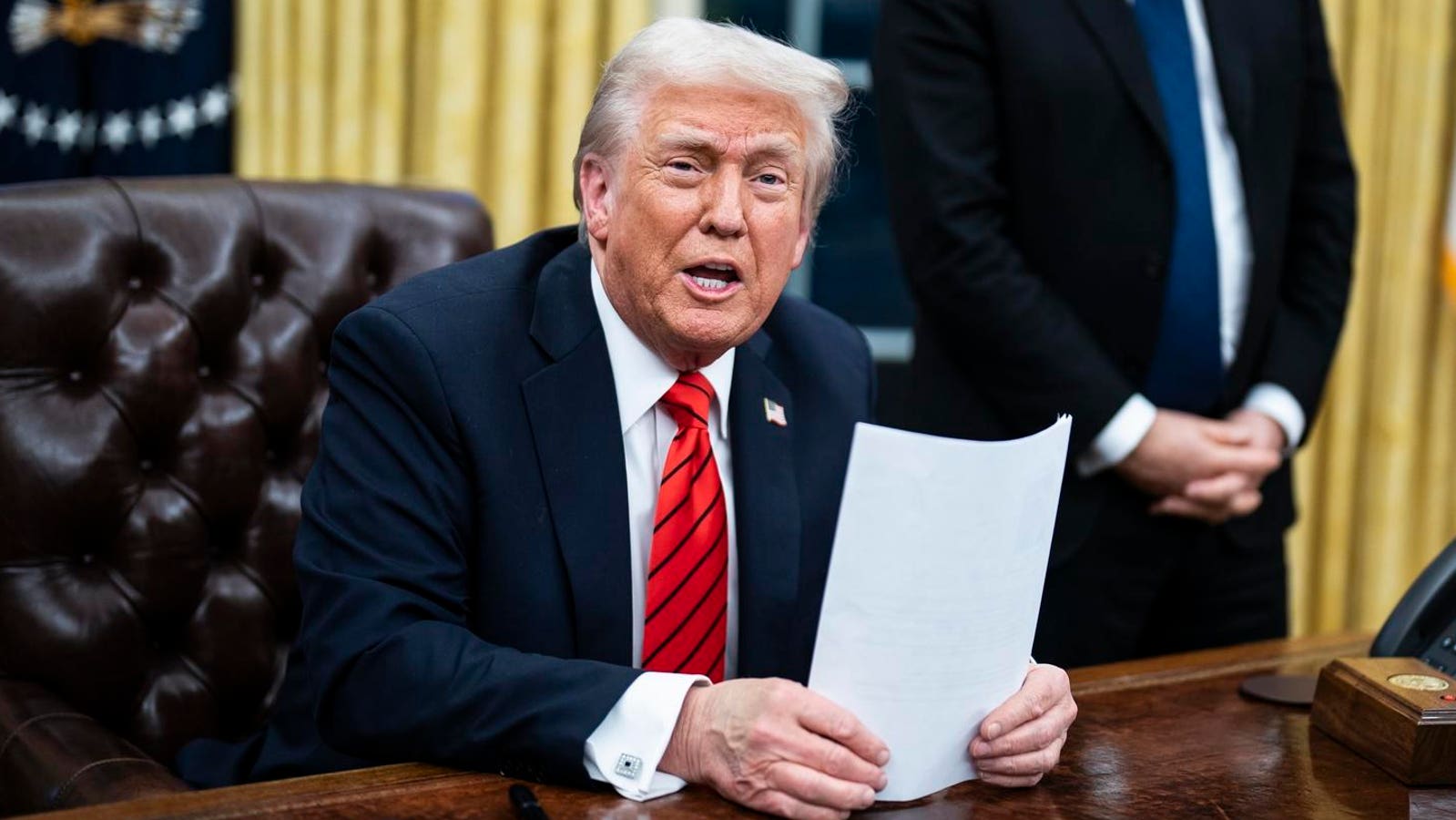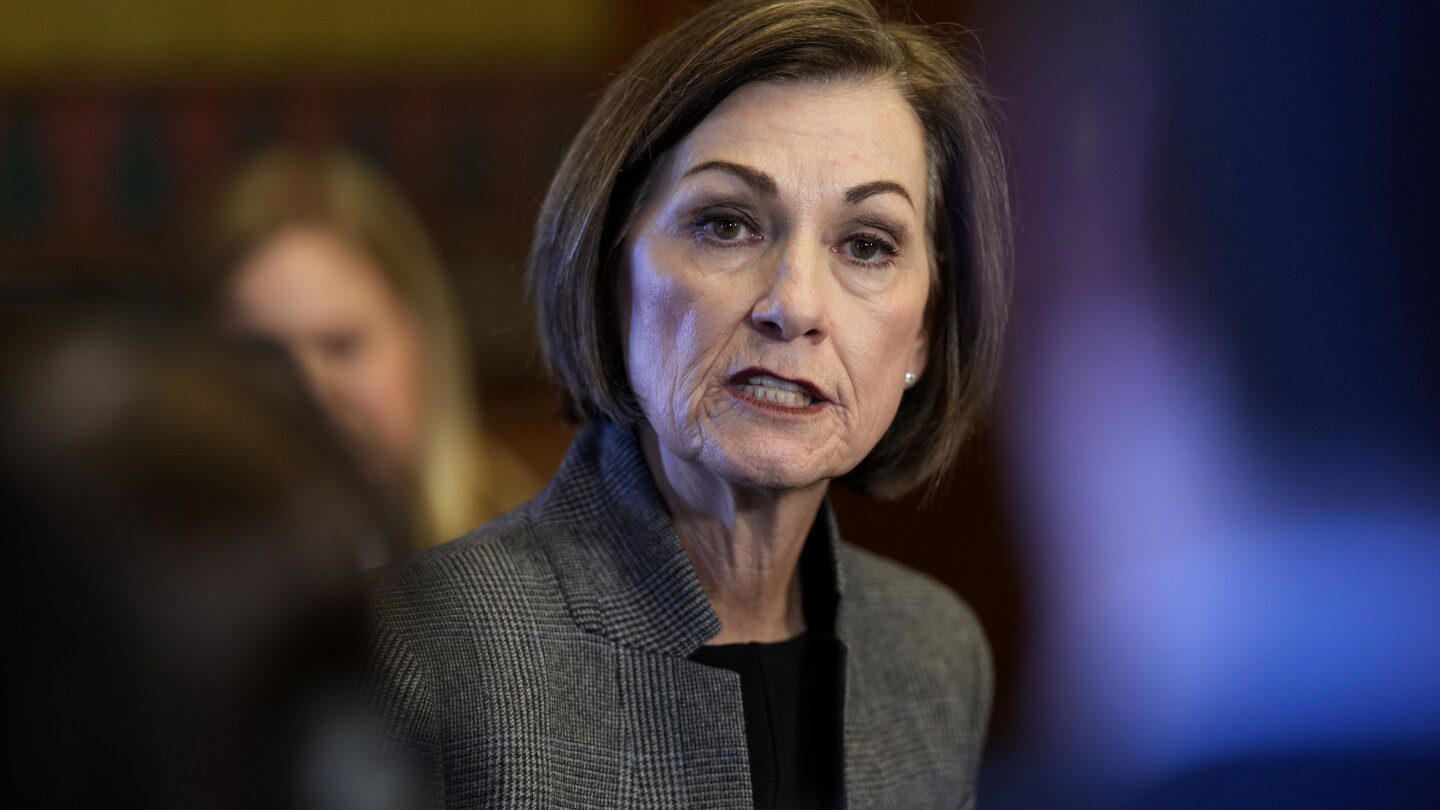
Overview
On Thursday, President Donald Trump is set to reveal a significant economic initiative: the introduction of reciprocal tariffs. This measure, which Trump believes will create a more equitable landscape for American trade on a global scale, is expected to become the cornerstone of his emerging second term. However, economists warn that such tariffs may contribute to inflationary pressures this year.
Trump signs executive orders on steel and aluminum tariffs. Credit: The Washington Post via Getty Images
Key Developments
In a post on his Truth Social platform, Trump declared, "TODAY IS THE BIG ONE: RECIPROCAL TARIFFS!" This announcement was anticipated by White House Press Secretary Karoline Leavitt, who informed reporters that the reveal was likely to happen Thursday morning. Although the announcement was initially hinted at for earlier in the week, Trump confirmed that the tariffs would be applied “almost immediately” to all countries, emphasizing a straightforward approach: tariffs imposed by another nation will be met with equal tariffs from the U.S.
The concept of reciprocal tariffs is relatively straightforward at first glance: the U.S. would match the tariffs that its trade partners impose on American goods. However, the practical application becomes complex due to varying tariffs across different product categories and forms.
In a recent analysis, Goldman Sachs economists Alec Phillips and Elsie Peng suggested three potential methods for implementing these tariffs. The first, “country-level reciprocity,” involves the U.S. applying an average tariff rate that mirrors those established by its trading partners. The second method, “product-level reciprocity by country,” would assess tariffs on a good-by-good basis. The third and most intricate approach includes considering various non-tariff barriers, such as inspection fees and value-added taxes.
Significant Commentary
Peter Navarro, a senior trade advisor to Trump, remarked, “Reciprocal trade. It’s the most fair thing in the world,” in a statement to CNN.
Notable Statistics
According to Deutsche Bank economists, the weighted average tariff rate in the U.S. could rise to 4.8% if Trump opts for the country-level reciprocity approach. This represents a notable increase from the 1.5% average rate observed in 2022, potentially amplifying costs for consumers.
Impact on Inflation
Tariffs are generally passed along to consumers, potentially leading to increased inflation rates in the short term. A 3.3 percentage-point rise in the effective tariff rate could result in a 0.5 percentage-point annual increase in core personal consumption expenditures (PCE), as estimated by Deutsche Bank. Even if consumers only absorb half of the tariff impacts, there would still be a significant inflationary effect. Given that the core PCE was already at 2.8% in December—above the Federal Reserve’s 2% target—this situation complicates prospects for future interest rate cuts.
Will Reciprocal Tariffs Replace Universal Tariffs?
Trump hinted at a pivot away from the blanket 10% tariffs introduced during his campaign, favoring a reciprocal system instead. However, economists at Goldman Sachs expressed caution regarding the permanence of this shift, noting that while reciprocal tariffs may seem distinct from broad tariffs, there is no certainty that a comprehensive tariff could be reinstated in the future.
Effects on Specific Countries and Goods
The implications of implementing these tariffs will depend on the strategy Trump selects. If he pursues the country-level approach, U.S. goods from 20 nations with free trade agreements, including Australia and Canada, would remain unaffected. However, countries such as India, which has an average tariff of 9.5% on U.S. imports, could face significant repercussions.
European Trade Concerns
American imports of European cars may be among the most impacted by reciprocal tariffs, especially considering the current 2.5% U.S. tariff on vehicles compared to the 10% tariff imposed by the European Union. The handling of VATs, which average 21.6% across the EU, will also play a crucial role in shaping the final tariff landscape.
Trump’s Ongoing Import Measures
While the reciprocal tariffs are poised to be a defining aspect of Trump’s economic agenda, he has already enacted a series of import tariffs, including 25% levies on aluminum and steel. These measures are predicted to affect around $50 billion worth of goods and have raised the effective tariff rate.
Interest Rates in Context
Trump also indicated that interest rates should be reduced alongside the implementation of tariffs, a move that typically accompanies stable low inflation. However, with increasing consumer price index figures and the potential for tariffs to elevate prices, this outcome remains uncertain.
Additional Resources
For real-time updates on Trump’s tariff policies and their implications, explore articles from Forbes and other financial news outlets.









